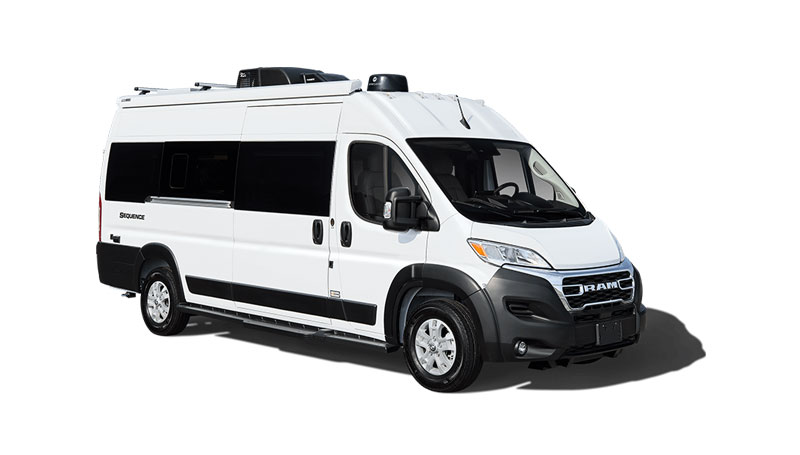How to Keep Your RV Warm
The easiest way to warm your RV is to use the thermostat. Set your desired temperature and the furnace will turn on until the set temperature is reached—it’s as simple as that. However, if you’re looking for a more economical way to stay warm inside your RV, without having to turn on the thermostat, then try layering. This can include additional layers of clothes and blankets, as well as extra insulation on your window shades. You can also use electric blankets or body warmers. Electric blankets need electricity to work, but they don’t draw a ton of power and can likely be used with your RV’s house batteries or a small generator. Body warmers, or bed warmers, are great and come in a variety of different options and sizes. Some utilize hot water or chemical reactions to produce heat, while others can be charged using a standard outlet. Regardless of how you heat your RV, always try to keep the temperature above 32 degrees to avoid freezing your pipes and tanks. And always be sure to understand the weather conditions for your destination, your RV’s unique heat capabilities and its insulation.
How to Keep Your RV Cool
Your RV’s air conditioner works just like an air conditioner in a house—it doesn’t create cool air but rather removes the heat from the existing air and puts it outside. In order to keep your RV’s air conditioner in good, working order, always make sure you are connected to an adequate power source whenever you turn on the air conditioning. Trying to turn on the air conditioner without enough power can damage the system. You should also regularly clean your interior filters and exterior air exchangers.
If you want to be less reliant on your air conditioner but still keep your RV cool, here are a few additional things you can do:
- Try to park your RV in the shade and keep your awning out to help block the sun.
- Invest in some battery-powered fans and use them in front of open windows to draw air into the RV. Opening two windows across from each other can also create a nice cross-breeze.
- Pack clothing that is made with breathable material (cotton, linen or rayon). You can even bring cooling towels if the weather is really hot.
Temperatures can fluctuate greatly when you’re on the road, especially if you travel during the spring and fall shoulder seasons. But with the right equipment and a good understanding of your climate control systems, keeping your RV safe and comfortable is easy to do.












